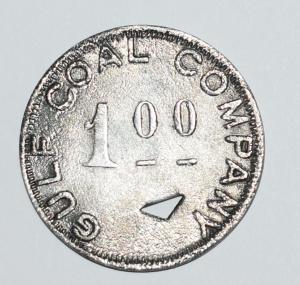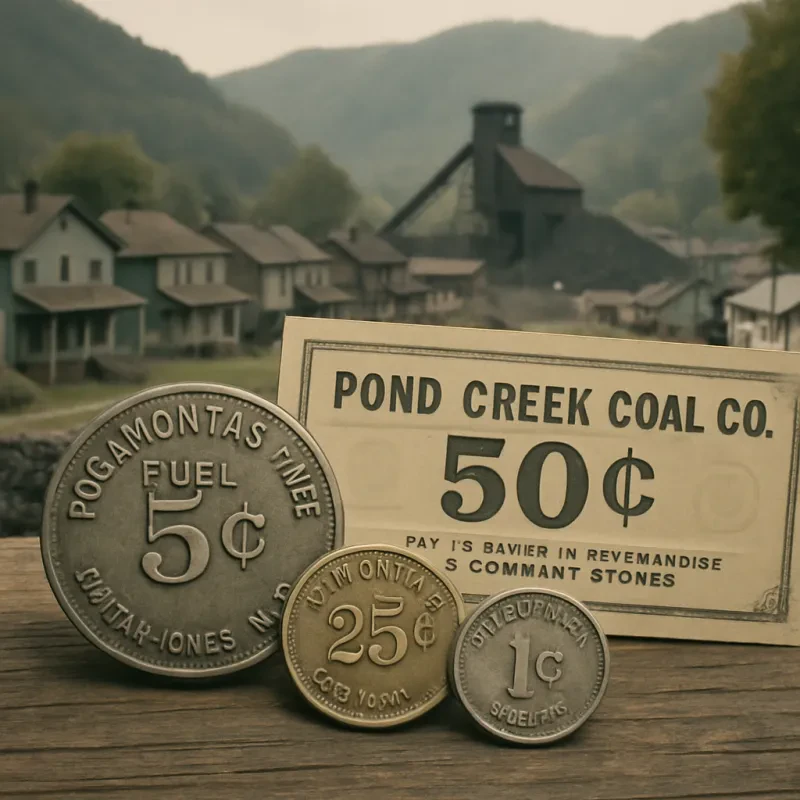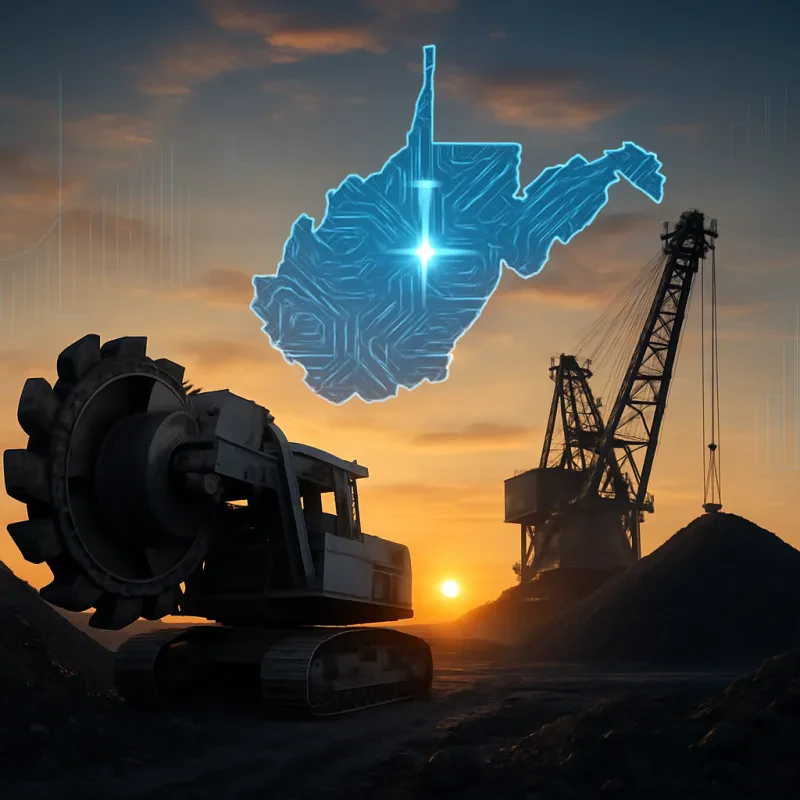Where is Coal Found? A Comprehensive Look into Coal and Its Mining History
Coal, a significant fossil fuel, has played a crucial role in the development of human civilization, powering industries, electricity generation, and heating for centuries. This article examines the locations of coal reserves globally, emphasizes the history of coal in the United States, and explores the pivotal role of WV coal mines in the coal mining industry.
The Global Presence of Coal
Coal reserves are found across the world, with the United States, Russia, China, and Australia leading as the countries with the largest coal deposits. These reserves are located in specific geological formations that date back millions of years, to when the earth's conditions favored the formation of this carbon-rich resource. Coal mining has evolved over centuries from small-scale operations to extensive industrial processes, tapping into these vast reserves to meet the global energy demand.
The extraction of coal from mines plays a crucial role in fueling industries and powering homes around the world. The process of mining coal involves digging into underground or surface deposits to extract the carbon-rich material, which is then processed and used for various purposes such as electricity generation, steel production, and heating.
In recent years, there has been a growing push towards cleaner energy sources due to concerns about environmental impact and climate change. This shift has led to a decline in coal consumption in some regions while increasing demand for renewable energy alternatives like solar and wind power.
Despite these global trends, coal remains an important source of energy for many countries, particularly those with large reserves like the United States. The presence of WV coal mines highlights the continued significance of this industry in supplying reliable and affordable energy resources to meet the world's growing needs.
Coal Mining Techniques
Coal mining involves two primary methods: surface (or open-pit) mining and underground mining. The choice of technique depends on the depth and quality of the coal seams and the geology of the area. Advances in mining technology have improved the efficiency and safety of coal extraction, yet the industry continues to face challenges related to environmental concerns and the health and safety of miners.
As global energy demands increase, coal remains a valuable resource for many countries. The development of cleaner coal technologies and stringent environmental regulations have helped mitigate some of the negative impacts associated with coal mining. However, the industry must continue to adapt and innovate in order to operate sustainably in a rapidly changing world.
In West Virginia, efforts are being made to balance the economic benefits of coal mining with environmental conservation and worker safety. Initiatives such as land reclamation projects, technology-driven efficiency improvements, and worker training programs are helping to address these challenges. Overall, the future of coal mining will likely involve a shift towards more sustainable practices that minimize its impact on the environment while still meeting global energy needs. Finding this balance will be crucial for ensuring that coal remains an important part of the energy mix in years to come.
The History of Coal in the United States
The history of coal in the United States is a testament to the nation's industrial growth and economic development. The discovery of coal in the North American continent dates back to the 18th century, but it was in the 19th and 20th centuries that coal mining became a major industry, fueling the country's railroads, steel production, and electricity generation.
Between the late 19th and early 20th centuries, coal played a critical role in transforming the United States into an industrial powerhouse. Coal mines dotted the landscape of states like Pennsylvania, West Virginia, and Kentucky, providing employment for thousands of workers and powering factories that churned out goods for domestic consumption and export. The demand for coal continued to rise as cities grew larger and industries expanded.
However, the reliance on coal also came with significant environmental consequences. The burning of coal releases pollutants such as sulfur dioxide, nitrogen oxides, and particulate matter into the air, contributing to smog formation and acid rain. In addition, coal mining can have detrimental impacts on local ecosystems through habitat destruction and water pollution.
Despite these challenges, coal has remained a cornerstone of America's energy portfolio due to its abundance and relatively low cost compared to other energy sources. Today, efforts are underway to develop cleaner technologies for using coal such as carbon capture and storage (CCS) which aims to capture carbon emissions from power plants before they reach the atmosphere.
As we look towards a more sustainable future, finding ways to minimize the environmental footprint of coal will be crucial in balancing our energy needs with protecting our planet for future generations. The history of coal in the United States serves as a reminder of both its beneficial contributions to industrial progress as well as the need for responsible stewardship of this valuable resource.
WV Coal Mines: The Heart of American Coal Mining
WV coal mining is at the forefront of coal mining in the United States. West Virginia's rich coal seams and its people's mining expertise have made it a significant player in the coal industry. The state's history is deeply intertwined with coal mining, contributing significantly to its economy and shaping the lives of countless families involved in the coal mining profession.
By looking deeper into the history of West Virginia coal mining, we uncover a complex tapestry of perseverance, struggle, and prosperity. The coal mines have been both a source of livelihood and hardship for many residents, with stories of bravery and tragedy etched into the very seams that they extract. From the early days of manual labor to modern mechanized techniques, the evolution of coal mining in West Virginia reflects not only technological advancements but also societal changes.
The state's natural landscapes bear witness to this legacy, as mountains scarred by mining operations stand as monuments to human ambition and industry. While coal continues to be a vital component in powering industries and homes across the country, debates surrounding its environmental impact loom large. As we navigate towards a more sustainable future, the lessons learned from West Virginia's coal mining history serve as invaluable guideposts on balancing economic needs with ecological stewardship.
In essence, the story of WV coal mining is not just about extracting resources from the earth; it is a narrative woven with threads of resilience, community bonds, and challenges overcome. With each shovelful of black gold dug from beneath its rugged terrain, West Virginia pays homage to its past while forging ahead towards an uncertain yet promising future.
The Impact of Coal Mining in West Virginia
Coal mining has provided economic benefits, such as employment and development, to West Virginia. However, it has also faced challenges, including environmental degradation and the health risks associated with mining operations. Efforts to address these issues and transition to sustainable energy sources are ongoing, reflecting a complex balance between economic needs and environmental stewardship.
Through initiatives and movements advocating for cleaner energy solutions, West Virginia is gradually shifting towards a more sustainable future. The state's natural beauty and resources are being preserved through conservation efforts and the promotion of renewable energy sources like wind and solar power. This transition represents a key turning point in West Virginia's history, as it strives to maintain its economic prosperity while safeguarding the environment for generations to come. As coal mining continues to decline, new opportunities emerge for innovation and growth in industries that prioritize sustainability and long-term viability. Despite the challenges ahead, West Virginia remains resilient and determined to chart a path towards a greener tomorrow.
The Future of Coal and Coal Mining
The future of coal and coal mining is being redefined by the global shift towards renewable energy sources. Despite the decline in coal usage in some regions, it remains a vital energy source in others, underscoring the need for cleaner coal technologies and more sustainable mining practices. The industry's adaptation to these changes will be crucial for its survival and continued contribution to global energy supplies.
In order to secure its future, the coal industry must invest in research and development of cleaner technologies such as carbon capture and storage, as well as prioritize sustainability practices in mining operations. Adapting to the changing energy landscape will be key for coal companies to remain relevant and competitive in a market that is increasingly focused on reducing carbon emissions and transitioning to renewable sources. Collaboration between government, industry, and communities will also be necessary to ensure a smooth transition towards a more sustainable energy future.
Embracing Technology and Sustainability
Advancements in technology and a stronger focus on sustainability are guiding the coal mining industry towards more environmentally friendly and safer practices. Innovations in carbon capture and storage (CCS) and efforts to rehabilitate mining sites are examples of how the industry is responding to environmental concerns while striving to meet energy needs.
Coal remains a foundational component of the world's energy portfolio, with vast reserves still found globally, including the significant contributions of WV coal mines to the American coal mining scene. As we navigate the complexities of energy demand, environmental sustainability, and economic development, understanding the history and future of coal and coal mining becomes essential. By embracing innovation and sustainability, the coal industry can continue to play a pivotal role in the global energy landscape, balancing economic needs with environmental stewardship.
States that have Coal that is Mined
The United States boasts significant coal reserves, making it one of the world's largest coal producers. Coal mining occurs across several states, with the top producers contributing the majority of the coal mined in the country. As of my last update, the following are the top states in the United States known for their coal production:
- Wyoming: Leading the nation by a substantial margin, Wyoming is renowned for its Powder River Basin, which is one of the largest coal-producing regions globally. The state's low-sulfur coal is highly sought after for its environmental benefits when burned.
- West Virginia: Known for its rich coal mining history, West Virginia primarily mines bituminous coal. WV coal mines are integral to the state's economy and history, providing a significant portion of the Appalachian coal that the U.S. market relies on.
- Pennsylvania: Another key player in the Appalachian coal region, Pennsylvania has a long history of coal mining. It primarily produces bituminous coal but also has anthracite coal fields in the northeastern part of the state, known for being the hardest type of coal with the highest carbon content.
- Illinois: Illinois is a major producer of bituminous coal and has some of the largest recoverable coal reserves in the country. The Illinois Basin, which stretches across Illinois, Indiana, and western Kentucky, is a critical coal-producing area.
- Kentucky: Historically, Kentucky has been one of the top coal-producing states, with significant production of both bituminous and sub-bituminous coal. Eastern Kentucky, in particular, is known for its high-quality Appalachian coal.
- Texas: Primarily known for its oil and natural gas production, Texas also has a significant coal mining industry. The state mostly produces lignite, a softer type of coal, used mainly for electricity generation in power plants located near the mines.
- Montana: Montana has vast coal reserves, primarily in the Powder River Basin, alongside Wyoming. The state's coal is predominantly sub-bituminous, known for its lower sulfur content compared to other types of coal.
- Indiana: Contributing to the Illinois Basin's output, Indiana mines bituminous coal. The state's coal is used for electricity generation and in industrial processes, including steel manufacturing.
- North Dakota: North Dakota's coal reserves are mainly lignite, located in the central part of the state. The lignite is mostly used in power generation, supplying energy to the state and neighboring regions.
- Ohio: Rounding out the top coal-producing states, Ohio's history with coal mining dates back to the 1800s. The state produces bituminous coal, which is used for electricity generation and in various industrial applications.
These states exemplify the diversity and significance of the coal mining industry in the United States, contributing to the nation's energy supply and economic development.







